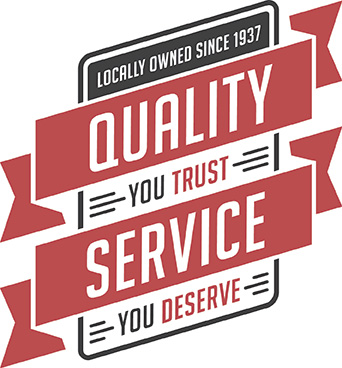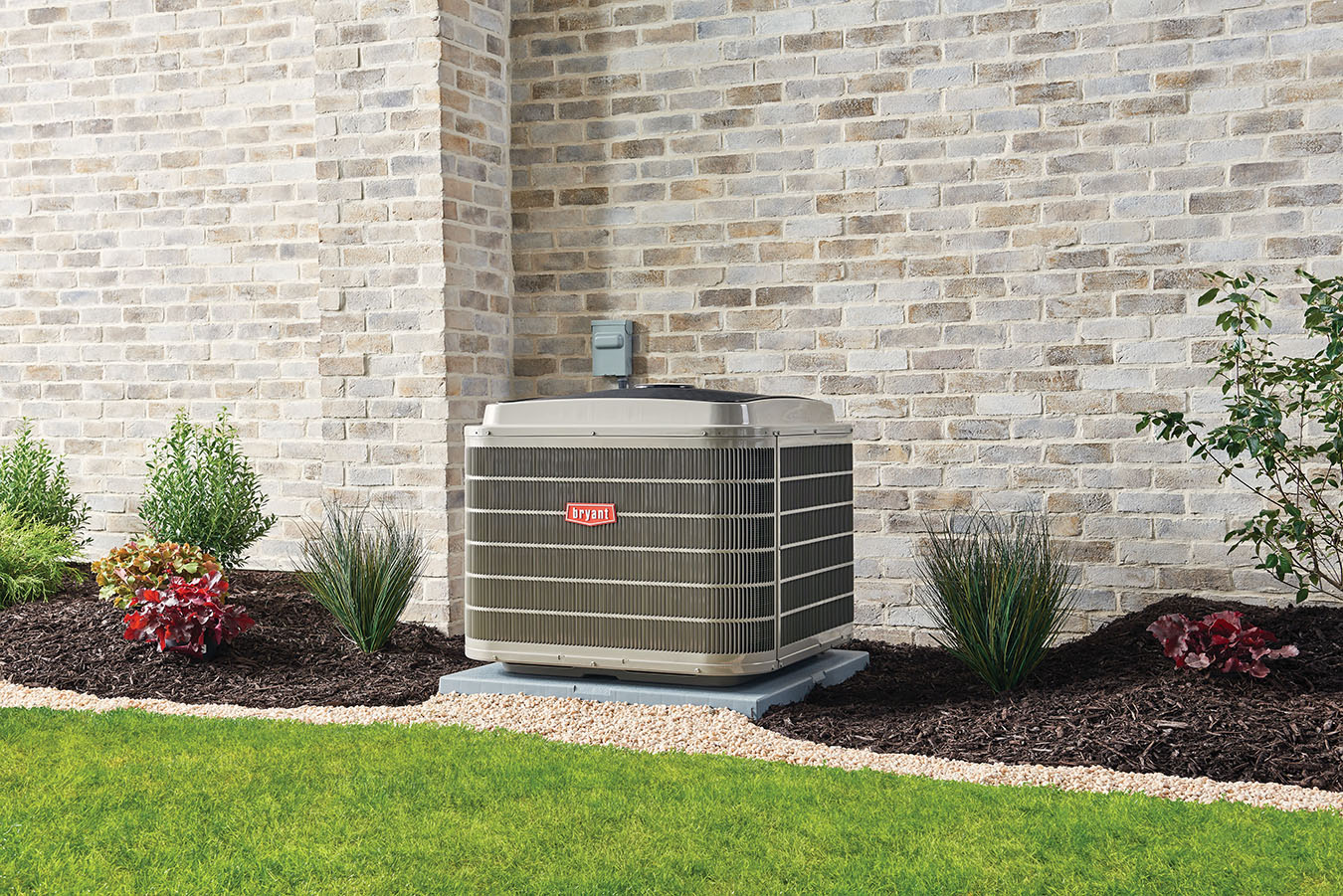Introduction
A well-maintained furnace keeps your home warm and energy bills low. Regular maintenance can prevent costly repairs and extend your furnace’s lifespan.
This guide will walk you through DIY furnace maintenance, helping you save money and keep your system running smoothly. You’ll also learn when it’s time to call a professional for help.
Disclaimer: While these maintenance steps can help improve furnace performance, some issues—such as gas leaks, electrical problems, or heat exchanger damage—should only be handled by a licensed HVAC professional. Always follow safety precautions, and if you’re unsure about a task, contact a professional technician.
Why Perform DIY Furnace Maintenance?
Routine maintenance offers several benefits:
Increased Efficiency
A clean furnace runs more efficiently, using less energy to heat your home.
Cost Savings
Preventative maintenance reduces the risk of expensive breakdowns.
Extended Lifespan
Taking care of your furnace can add years to its life.
Improved Safety
Regular maintenance minimizes the risk of carbon monoxide leaks and other hazards.
Essential Tools and Supplies for DIY Furnace Maintenance
Before you start, gather these tools and supplies:
Basic Tools
- Screwdrivers
- Nut drivers
- Vacuum with attachments
- Brushes
- Shop vac
Cleaning Supplies
- Emery cloth
- Wire brush
- Cleaning cloths
Replacement Parts
- New air filters
- Oil filter (for oil furnaces)
Other Supplies
- Lubricating oil (for older furnaces)
- Compressed air
DIY Furnace Maintenance Checklist: Step-by-Step Guide
Follow this DIY Furnace Maintenance Checklist to keep your system in top shape.
DIY Furnace Maintenance Checklist: Step-by-Step Guide
Step 1: Safety First
Before you begin, ensure your safety by following these precautions:
✔ Turn Off Power: Switch off the furnace’s power at the circuit breaker to prevent electrical hazards.
✔ Shut Off Gas Supply: If your furnace runs on natural gas or propane, turn off the gas valve.
✔ Wear Safety Gear: Use gloves and a dust mask to protect against dust and debris.
✔ Allow the Furnace to Cool: If the furnace was running, wait at least 30 minutes before starting maintenance.
Step 2: How to Clean Furnace Filters and Replace Air Filters
Why it’s important: A dirty air filter restricts airflow, reducing efficiency and increasing energy costs.
How to do it:
- Locate the Air Filter: The filter is usually inside the blower compartment or behind a return air grille.
- Check the Condition: Remove the filter and hold it up to a light. If you can’t see light through it, it’s time for a replacement.
- Choose the Right Replacement: Use a filter with the correct MERV rating (higher ratings provide better filtration but can restrict airflow).
- Install the New Filter: Insert the filter in the same direction as the old one, ensuring the airflow arrow points toward the furnace.
🛠 Pro Tip: Check your filter monthly and replace it every 1-3 months depending on use and indoor air quality.
Step 3: Clean the Combustion Chamber
Why it’s important: The combustion chamber collects soot and carbon buildup, which can reduce efficiency and pose safety risks.
How to do it:
- Open the Combustion Chamber Panel: Use a screwdriver to remove the access panel.
- Vacuum Out Soot and Debris: Use a shop vac with a brush attachment to remove loose debris.
- Scrub with a Wire Brush: For stubborn deposits, use a wire brush to dislodge buildup.
- Inspect for Corrosion or Cracks: If you see rust or damage, it may be time to call a professional.
Step 4: Clean the Burners and Flame Sensor
Why it’s important: Dirty burners can cause uneven heating and ignition problems. A dirty flame sensor may cause the furnace to shut down prematurely.
How to do it:
- Locate the Burners: These are usually at the base of the furnace, near the gas supply.
- Vacuum the Burners: Use a vacuum with a soft brush attachment to remove dust and debris.
- Clean the Flame Sensor:
- Locate the flame sensor (a thin metal rod near the burners).
- Remove it by unscrewing a small retaining screw.
- Gently clean it with emery cloth or fine steel wool until the metal surface is shiny.
- Reinstall the flame sensor securely.
Step 5: Clean the Blower and Blower Motor
Why it’s important: The blower distributes warm air through your home, and dust buildup can reduce efficiency.
How to do it:
- Remove the Blower Cover: Use a screwdriver to access the blower assembly.
- Vacuum the Blower Blades: Carefully remove dust and debris using a shop vac or soft brush. If you do not clean the blower blades thoroughly it could cause it to become off-balanced and could lead to additional issues.
- Lubricate the Blower Motor (If Applicable):
- Older furnaces may have oil ports on the motor.
- Add a few drops of lubricating oil to each port.
- Avoid over-lubricating, as excess oil can attract dust.
🛠 Pro Tip: Avoid touching the fan’s counterweights, as they help maintain balance.
Step 6: Maintain the Humidifier (If Applicable)
Why it’s important: A dirty humidifier can lead to mold growth and reduce indoor air quality.
How to do it:
- Turn Off the Humidifier Water Supply: Locate the valve and shut it off.
- Remove the Humidifier Pad:
- If it’s clogged with mineral deposits, replace it with a new one.
- If it’s reusable, soak it in a 50/50 vinegar-water solution for 30 minutes, then rinse and reinstall.
- Clean the Water Tray and Nozzle: Use a brush to remove scale buildup.
Step 7: Inspect Vents and Chimney
Why it’s important: Blocked vents or a damaged chimney can cause dangerous gas leaks.
How to do it:
- Check Exterior Vents: Look for debris, bird nests, or blockages.
- Inspect the Chimney: If you see rust, holes, or soot buildup, call a professional for further inspection.
- Ensure Proper Ventilation: Make sure no objects are blocking air intake and exhaust vents.
Step 8: Inspect the Heat Exchanger
Why it’s important: A cracked heat exchanger is a serious issue that can lead to carbon monoxide leaks, posing a major health risk.
Signs of a Cracked Heat Exchanger:
✔ Soot Buildup – Excessive soot can indicate incomplete combustion.
✔ Rust or Corrosion – Check for rust around the heat exchanger or flue pipe.
✔ Unusual Furnace Smells – A strong, unpleasant odor (like formaldehyde) could signal a leak.
✔ Yellow Burner Flames – Flames should burn blue. A yellow or flickering flame can mean a ventilation issue.
✔ Frequent Headaches or Flu-Like Symptoms – Carbon monoxide exposure can cause dizziness, nausea, or headaches.
How to Inspect It:
- Turn Off the Furnace: Ensure it’s off before checking internal components.
- Use a Flashlight: Shine a flashlight inside the heat exchanger to check for visible cracks, rust, or soot buildup.
- Look for Flame Disturbances: If flames flicker unexpectedly when the blower turns on, it may indicate a cracked heat exchanger.
- Listen for Unusual Sounds: Whistling or rattling noises while the furnace is running could suggest a problem.
🚨 Warning: A cracked heat exchanger is not a DIY repair. If you suspect damage, shut off the furnace immediately and call a professional HVAC technician.
Step 9: Test Smoke and Carbon Monoxide Detectors
Why it’s important: A malfunctioning detector won’t alert you to dangerous gas leaks or fires.
How to do it:
- Press the Test Button: Ensure each detector emits a loud alarm.
- Replace Batteries: If the alarm doesn’t sound, install fresh batteries.
- Check Expiration Dates: Most detectors need to be replaced every 5-10 years.
🛠 Pro Tip: Keep a carbon monoxide detector near bedrooms and one near the furnace.
Step 10: Test the Thermostat
Why it’s important: A faulty thermostat can lead to uneven heating or unnecessary energy use.
How to do it:
- Set the Thermostat a Few Degrees Higher: Listen for the furnace to turn on.
- Check Accuracy with a Thermometer: Compare the displayed temperature with a separate thermometer.
- Replace the Batteries (If Applicable): If the display is dim or unresponsive, install fresh batteries.
- Recalibrate or Upgrade: If the thermostat isn’t responding correctly, consider recalibrating it or upgrading to a smart thermostat.
Final Thoughts
Regular furnace maintenance keeps your system running efficiently, lowers your energy bills, and extends the lifespan of your equipment. While DIY upkeep is helpful, having a professional technician perform a comprehensive furnace tune-up ensures your system is operating safely and at peak performance.
With a GoffCare Membership, you’ll receive bi-annual maintenance, priority service, and exclusive discounts, giving you peace of mind all year long. Our expert technicians follow a detailed 21-Point Furnace Inspection, which includes:
✅ Testing for carbon monoxide leaks
✅ Cleaning the burner and ignition assemblies
✅ Inspecting the heat exchanger for cracks
✅ Checking gas pressure and combustion levels
✅ Ensuring all safety controls function properly
This thorough inspection helps catch minor issues before they become major repairs, ensuring your furnace runs smoothly and safely.
Don’t leave your comfort to chance! Join the GoffCare Membership today for an affordable way to protect your home and keep your furnace in top shape. Contact Goff Heating & Air Conditioning to schedule your furnace tune-up.
When to Call a Professional for Furnace Maintenance
While DIY maintenance helps, some problems require a professional.
Cracked Heat Exchanger
This is a serious safety risk that should be handled by an HVAC technician.
Excessive Soot or Corrosion
These issues may indicate improper combustion and require expert assessment.
Irregular Burner Flames
A healthy flame should be blue. A yellow or flickering flame signals a problem.
Short Cycling
If your furnace frequently turns on and off, it could be overheating or have airflow issues.
Strange Odors or Leaks
Unusual smells or gas leaks require immediate professional attention.
Extending the Life of Your Furnace
To keep your furnace running efficiently, follow these best practices:
Regular Cleaning
Remove dust and debris monthly.
Annual Professional Inspections
Even with DIY care, schedule a yearly checkup with an HVAC technician.
Proper Filter Maintenance
Change or clean furnace filters every 1-3 months.
Prompt Repairs
Fix minor issues before they become costly problems.
Frequently Asked Questions (FAQ)
How often should I perform furnace maintenance?
Basic tasks like filter changes should be done monthly. A full inspection should be done seasonally.
Can furnace maintenance save money?
Yes! A clean, efficient furnace uses less energy and reduces repair costs.
What is a safe way to clean furnace parts?
Use a vacuum and soft brushes. Avoid using water on electrical components.
Can a dirty furnace make me sick?
Yes. Poor air quality from a dirty furnace can trigger allergies and respiratory issues.
When should I replace my furnace?
Most furnaces last 10-15 years. If yours is older and struggling, consider a replacement.
Conclusion
DIY furnace maintenance helps improve efficiency, save money, and keep your home safe. By following this guide, you can keep your furnace running smoothly throughout the year.
However, some issues require expert care. If you notice warning signs like a cracked heat exchanger or strange odors, call a professional.
For expert HVAC service, schedule a maintenance appointment with Goff Heating & Air Conditioning today!



